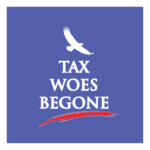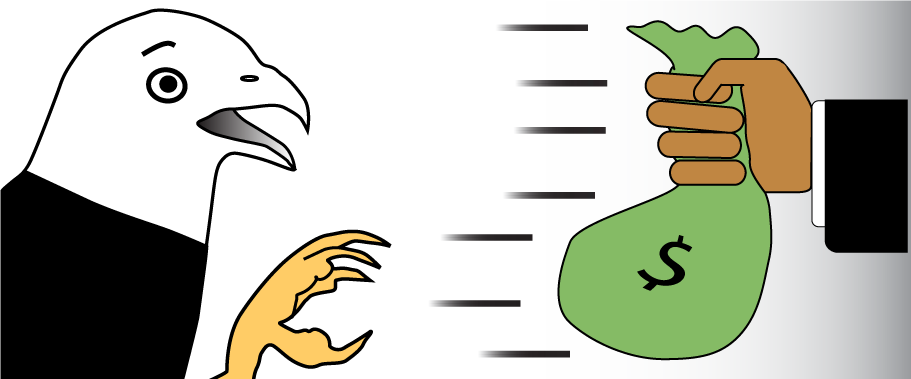What is an IRS levy, and what can I do about it?
An IRS levy is a process in which the government seizes some property of delinquent taxpayers. Levies have a specific timeline of triggers and events leading up to the seizure. In a previous article, we discussed the timeline of a levy and the assets and income that a levy can affect. Below, we describe resolving a tax levy.
What is the timeline for getting a levy release?
When you try to recover your levied money from the IRS, the funds may still be in the hands of the levy source. Then, you need a release of the levy (IRC 6343(a)). If the IRS received your dollars, recovery is more challenging (return of levied property: IRC 6343(d), IRM 5.11.2.4.1(4)). A bank has to transmit the money to the IRS after 21 days (IRC 6332(c)). These three weeks are the time you have available to get the levy released. In case of a wage garnishment, complete the release negotiations before the date of your next paycheck.
How do I stop a bank levy from the IRS? How do I get a levy lifted?
A bank levy can be stopped by either releasing the levy before the IRS receives the money (IRC 6343(a) and (e)) or returning the levied funds (IRC 6343(b) and (d)). The Internal Revenue Code provides several means for releasing a levy. The primary reasons for a levy release are Economic Hardship and entering into an Installment Agreement.
A levy creates an Economic Hardship if it causes individual taxpayers to be unable to pay their reasonable basic living expenses (26 CFR 301.6343-1(b)(4)). Invoking hardship requires honest negotiations. The IRS will consider a range of facts, including:
- Age, employment status and history, ability to earn, dependents
- Reasonably necessary living expenses for food, clothing, shelter (including utilities, insurance, and the like), transportation, tax payments, child support, expenses needed for the production of income
- General cost of living in the geographical area where the taxpayer resides
- Amount of income and property exempt from levy
- Extraordinary circumstances, such as special education expenses, medical emergencies, natural disasters
- Any other factor that may be pertinent regarding economic hardship
After establishing hardship, the levy release will be quick. A taxpayer may also qualify for Currently Not Collectible (CNC) status. This status provides protection against IRS collections for about two years. After two years, the IRS will reevaluate the CNC status.
The other main option for releasing a levy is to enter into an Installment Agreement (26 CFR 301.6343-1(b)(3)). Once the agreement is in place, the levy is ready for release. The Installment Agreement could either be the solution to your IRS problem or a means to gain time for another solution, such as an Offer in Compromise.
Other less common mechanisms for a levy release include:
- The Collection Statute of Limitations date has passed (26 CFR 301.6343-1(b)(1)).
- Release will facilitate collection (26 CFR 301.6343-1(b)(2)). For example, you agree to extend the Collection Statute of Limitations date.
How can I stop a garnishment once it starts?
Stopping a wage garnishment or a bank levy is very much alike. The tools include showing Economic Hardship, establishing an Installment Agreement, or demonstrating that the release will facilitate collection. Keep in mind that the IRS values voluntary compliance. A wage garnishment is a continuous levy and looks like an involuntary payment plan. But, the Internal Revenue Manual (IRM) specifically instructs that a continuous levy is no substitute for an installment agreement (IRM 5.11.5.6). So, every compliant act will help tame the IRS. However, mere gestures of compliance may not be sufficient in the face of a broader tax issue. There are many ways to deal with oppressive tax burdens while cooperating with the IRS. But it takes strategy and expertise to arrive at a satisfying solution.
Can the IRS garnish your wages after ten years?
The IRS can start a garnishment within the ten-year statutory collection window but not afterward. However, some garnishments can continue indefinitely.
The IRS has ten years to collect after assessing a tax due. The Collection Statute Expiration Date (CSED) marks the end of the ten years, and the tax debt expires. Some events can extend or “toll” the CSED. Examples of tolling events include Bankruptcy proceedings, a pending Offer in Compromise, a Collection Due Process hearing, and others.
However, garnishments on “guaranteed future payments” do not expire at the arrival of the CSED (26 CFR 301.6343-1(b)(2)). For example, a garnishment of social security income can start before the CSED and will continue indefinitely. It does not matter whether the tax debt expired, was forgiven, or compromised. Thus, it is crucial to secure a release in time.
How do I lower my IRS garnishment?
Sometimes, a complete release of an IRS levy or garnishment is impossible. But it is usually possible to lower the amount of the levy.
The first opportunity to reduce a garnishment is in Form 668-W, the Notice of Levy on Wages, Salary, and Other Income. Employers receive Form 668-W from the IRS. The employer must hand parts 2 through 5 of Form 668-W to their levied employees. Garnished employees use these form pages to maximize the amount of their wages exempt from garnishment. If the employer does not receive parts 3 and 4 back, they will assume that the lowest possible exemption applies.
There is another opportunity for a partial release of a levy/garnishment. If the garnishment results in financial hardship to the taxpayer, the IRS may either reduce or completely release the levy (IRM 5.11.2.3.1.4).
What qualifies as an IRS hardship?
According to the IRS, a financial hardship means that the levy/garnishment will cause the individual to be unable to pay their reasonable necessary living expenses (IRM 5.11.2.3.1.4(1)).
A financial analysis through Form 433-A or 433-F may establish hardship. The IRS is supposed to consider unique circumstances. But they will not allow maintenance of a luxurious lifestyle as a valid expense.

